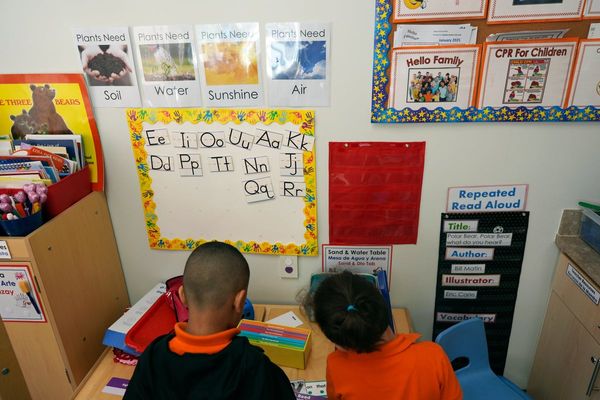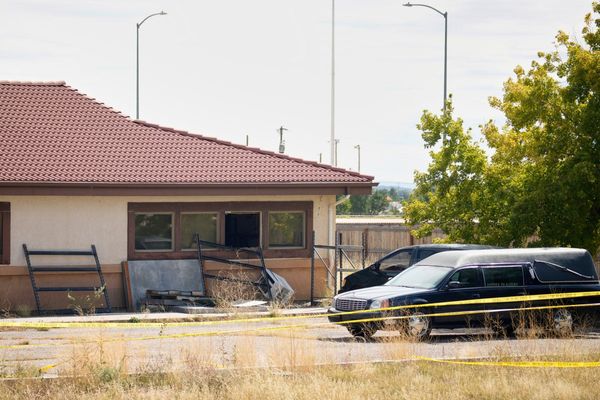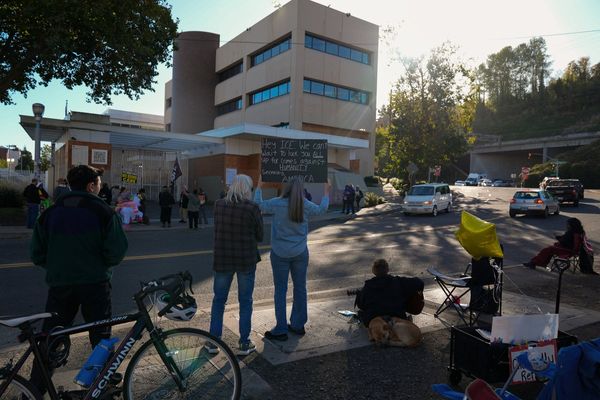
‘Theatre will be measured by its response to the climate emergency.” Those were the words of Paddy Dillon at the end of a daylong conference on Monday at the National Theatre entitled Making Theatre Green. Since Dillon, an architect and writer, initiated the online Theatre Green Book, a secular bible for the industry that offers guidance on how to achieve sustainability, he knows whereof he speaks. Coming to the conference as an outsider, I half expected a day of bland pieties: what I actually found was a mixture of creative fervour and practical solutions to the challenges posed.
The day kicked off with a mission statement by Rufus Norris, the National’s director, that among other things advocated additional payments to artists working to achieve cuts in carbon emissions. Norris was followed by Alison Tickell, founder of the environmental NGO Julie’s Bicycle, who passionately argued that the climate crisis was inseparable from social justice. Her ideas were endorsed by Simmone Ahiaku, a climate justice campaigner, who made the point that not enough theatre shows tackled the cause to which she was committed. She had a point. Steve Waters’s The Contingency Plan in 2009 at the Bush and 2071 by Duncan Macmillan and Chris Rapley at the Royal Court in 2014 showed how these things could be done. But the ill-fated, multi-authored Greenland at the National in 2011 was a reminder that good intentions are not enough.

After the opening address came multiple panels in the Olivier and the Dorfman theatres and I was struck by the way green principles were already being put into practice. Rob Hastie, director of the Sheffield Crucible, and Ben Stones, his resident designer, graphically demonstrated how their response to the pandemic was to come up with the Playbox: an onstage canvas structure that had to be flexible, affordable (it cost a modest £6,500), Covid secure and artistically challenging. It provided the basic design for a whole season of shows including a normally expensive musical, She Loves Me. “The Playbox design,” said Hastie, “saved Christmas for us.” It also confirmed one of the key points of the whole conference: that, in the words of one participant: “sustainability should not be a restraint but an enabler”.
A panel of National Theatre workers also showed how green the complex has become. One staff member created a carbon calculator that precisely gauges the environmental impact of each show. A props expert explained how they track the source and afterlife of each item: even if a set requires fake books they are now filled with cardboard rather than polystyrene. Matt Drury, the head of lighting, revealed, to my surprise, that lighting consumes only 7 per cent of the theatre’s energy and that the lighting rigs have been upgraded across all three theatres with LED replacing tungsten leading to a substantial reduction in wattage.

All this is good news. But Dillon himself identified the problem when he said: “Anyone can make a sustainable show tomorrow but spectacle is a valid part of theatre too. The question is how do we make these shows in a sustainable way.” The issue was partially addressed by a panel of designers. Es Devlin, who has worked on a number of big projects, says that before committing to anything she always enquires about its environmental legacy. Frankie Bradshaw, now designing Blues for an Alabama Sky for the National, said that basic decisions such as creating walls out of gauze rather than timber could have a positive impact. A Zoom conversation with a panel of New York theatre-makers revealed that there is now a Broadway Green Alliance and that shows are assigned Green Captains to minimise waste. Once known as The Great White Way, Broadway is clearly going green.
Still, I would like to have heard from a panel of West End producers to know how the public hunger for lavish spectacle, exemplified by musicals such as Frozen and Back to the Future, is reconciled with sustainability. Over coffee, Dillon assured me that commercial theatre is on board and sympathetic to the Theatre Green Book but it would have been nice to have had tangible proof. But that was my only cavil about a day that showed many things. One was that Covid, which threatened to decimate theatre, actually gave the industry the chance to think about how to put sustainability into practice. The real lesson of the day, however, was the realisation that theatre, so often viewed as an archaic medium, is actually in the vanguard when it comes to collectively pursuing a radical green agenda.







